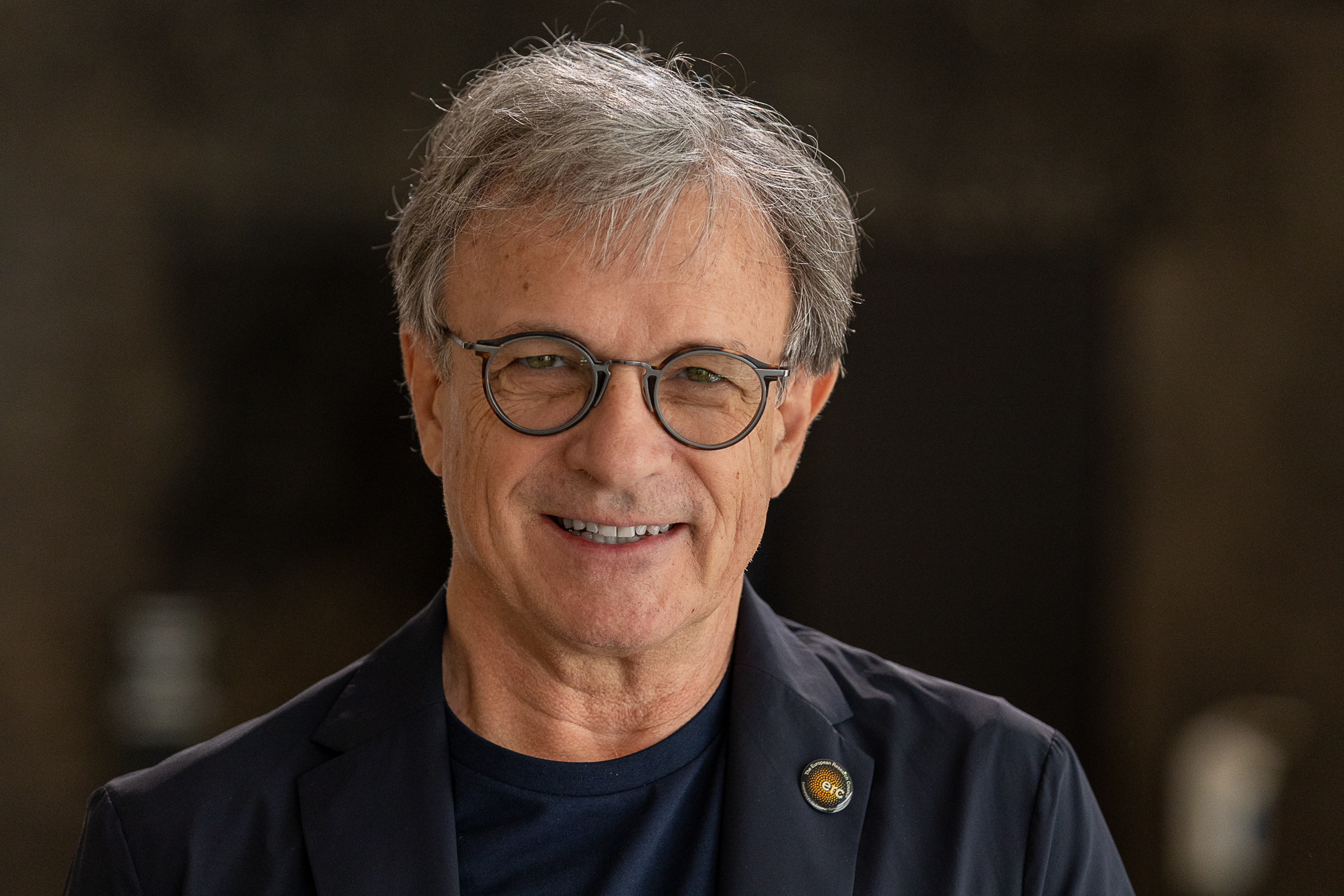The HIMMS project, led by renowned condensed matter physicist Prof. Dr. Dragan Mihailović, marks his third ERC-funded project. This five-year research initiative, supported by nearly €2.5 million, is a collaboration between IJS and the Nanocenter. It focuses on uncovering new, previously unknown metastable configurations in quantum materials.
The primary objective of HIMMS is to explore the ordering of electrons and quantum matter on ultrafast timescales, which have so far remained inaccessible to modern scientific methods. The project will develop and employ experimental techniques capable of imaging the motion of individual electrons with exceptional spatial and temporal resolution. Using advanced time-resolved excitation techniques and scanning tunneling microscopy, HIMMS will investigate individual and collective quantum transitions, the formation of metastable structures, relaxation processes, and quantum decoherence. HIMMS aims to reveal the complex physics of metastable quantum states, such as topological transitions and quantum jamming phenomena in nonlinear and non-equilibrium conditions. The project’s findings will expand our understanding of fundamental processes in quantum systems across various timescales, with significant implications for both basic research and the advancement of quantum computing. Through this project, Prof. Dr. Mihailović and his team demonstrate Slovenia’s ability to keep pace with global scientific trends and contribute meaningfully to groundbreaking discoveries.
You can watch the project presentation here.


